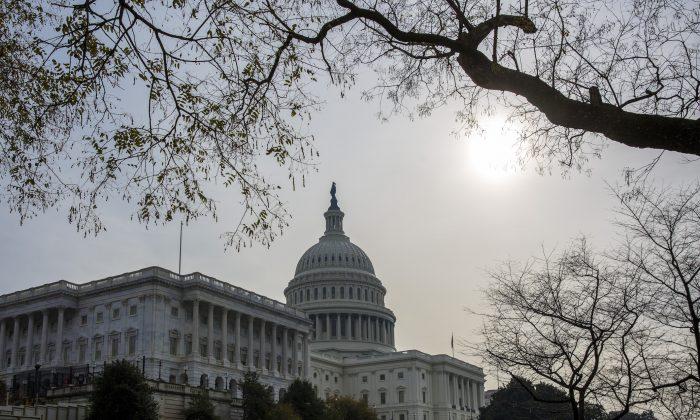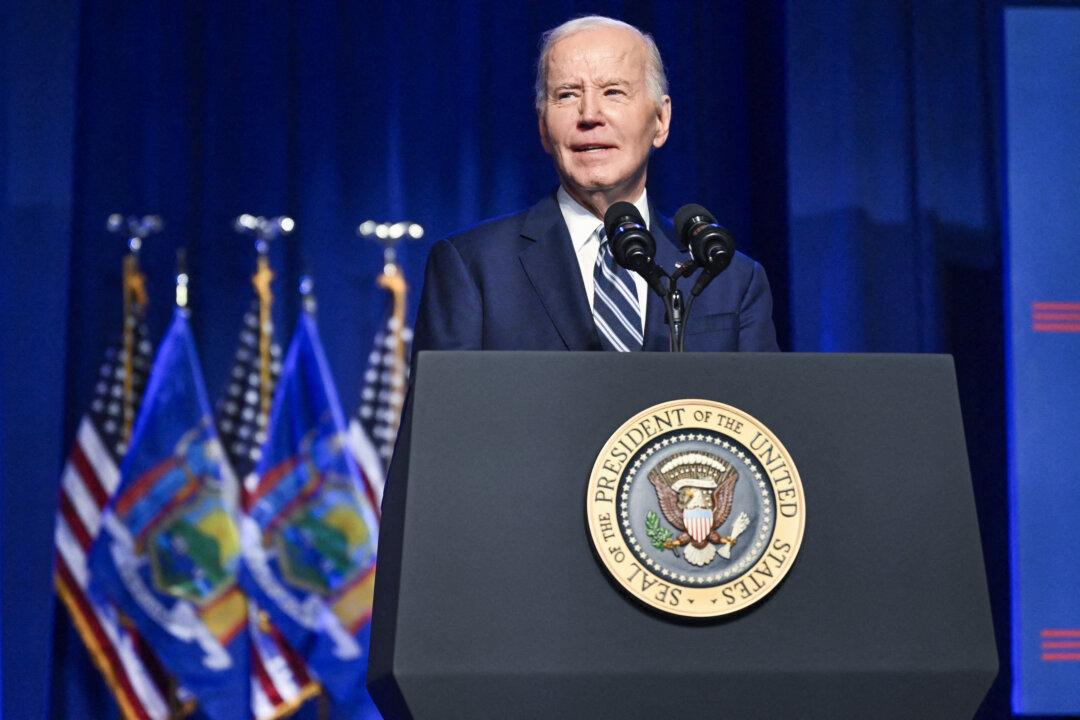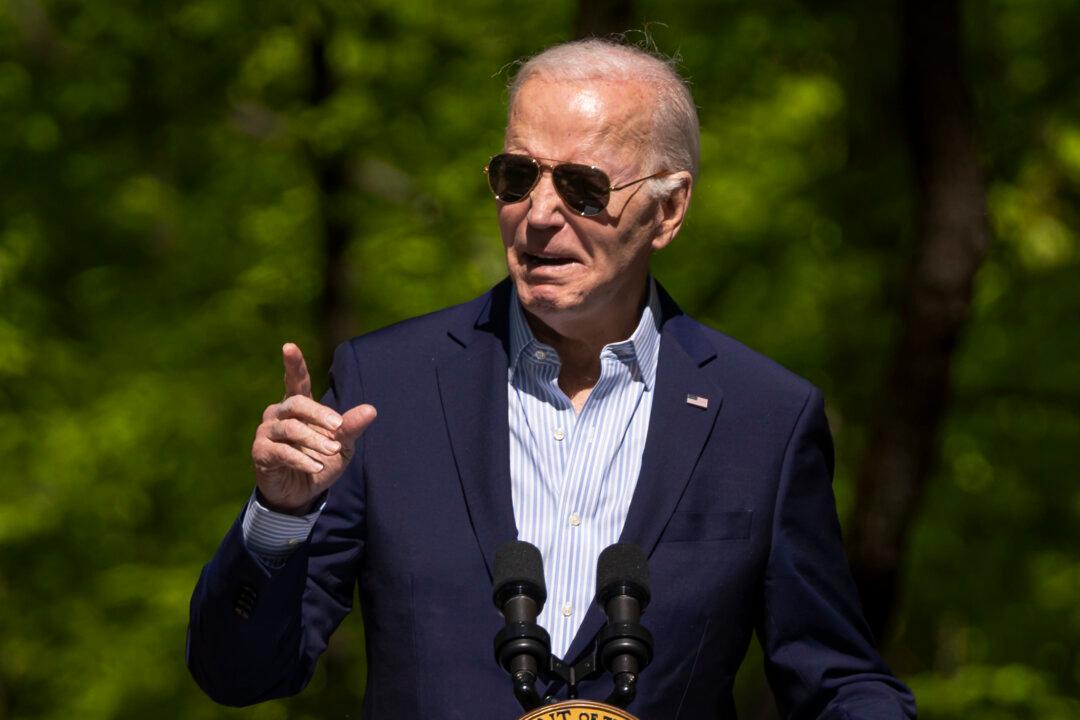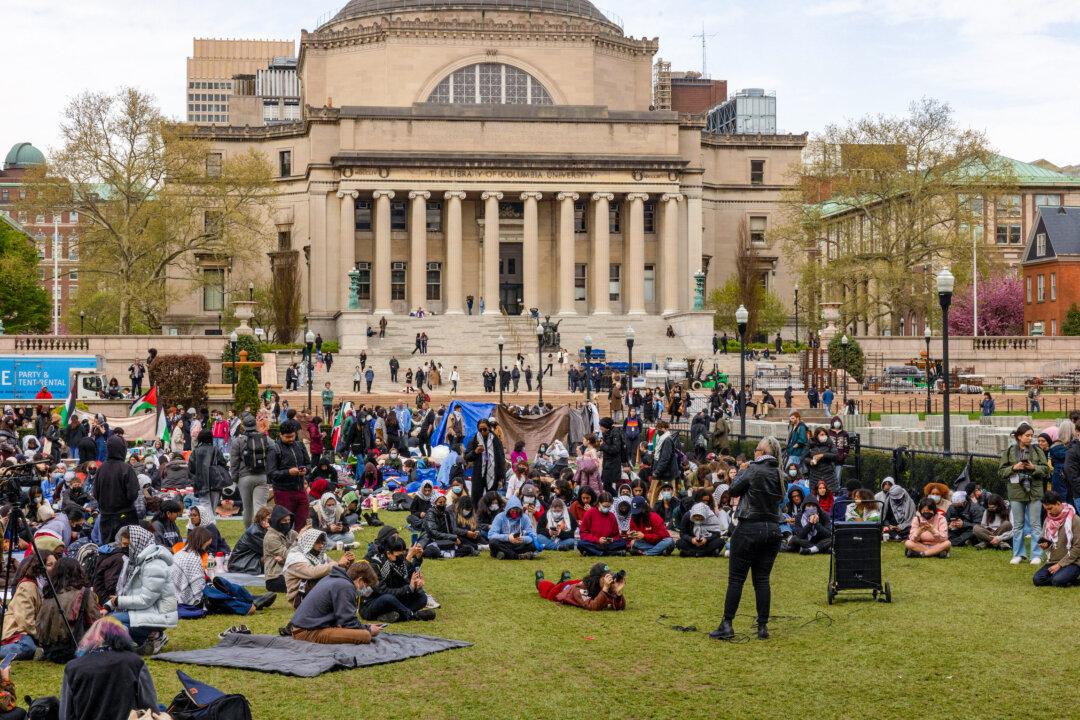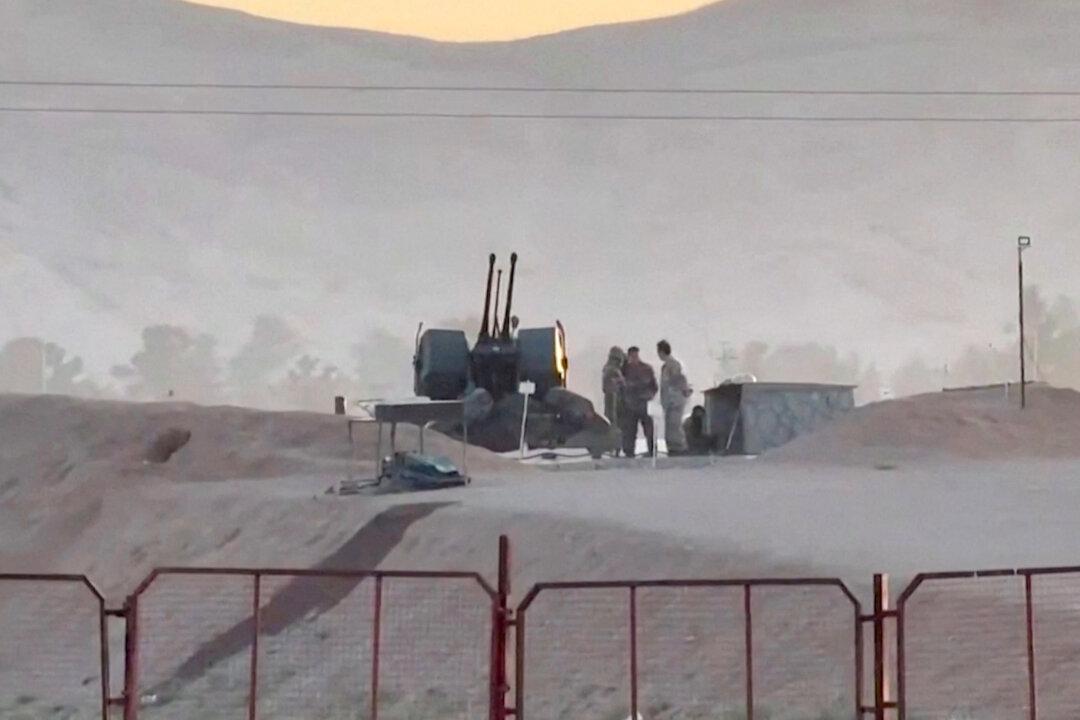WASHINGTON—Lawmakers are still negotiating in an effort to strike a deal and reopen the government. However, it is hard to tell at this point how and when they will be able to reach an agreement.
If Congress cannot resolve the stalemate, hundreds of thousands of federal employees starting this Monday will be furloughed, meaning they will be placed on a leave of absence for a certain period without getting paid. Once the government is reopened, though, they will likely be paid in full for the time they were laid off.
“Essential” workers including those who deal with public safety and national security will continue working.
U.S. Defense Secretary Jim Mattis told reporters that a government shutdown would impact some parts of training, maintenance, and intelligence operations of the military. However, it will not affect the U.S. military’s operations in Afghanistan or its fight against ISIS in Iraq and Syria.
“All military personnel performing active duty will continue in a normal duty status,” stated a memo by the Defense Department. “Military personnel will not be paid until such time as Congress makes appropriated funds available to compensate them for this period of service.”
It had adverse effects on the economy as well. It delayed job creation and damaged consumer and business confidence.
Unlike in the 2013 shutdown, most national parks, monuments, and memorials are expected to remain open.
Social Security is considered an essential service. Hence, Social Security recipients will continue to receive their benefits. Food stamps will be funded as well.
Employees of the United States Postal Service are exempt from furloughs as they are funded separately from the normal appropriations process. So people will continue receiving their mail.
Amtrak trains will also keep running as they are partially funded through ticket sales to customers.
The majority of workers at the Department of Justice, Veterans Affairs, and Homeland Security will remain at work. Air traffic controllers, Transport Security Administration agents, and border patrol agents are considered essential employees and hence will continue working.
